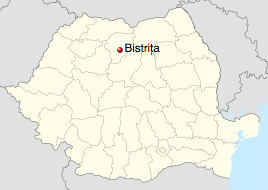*a Living dance is a 1st Generation dance that is still performed in the country of origin (or immigrant communities) as part of a social event like a wedding where others can participate (not for an audience) by people who learned the dance informally (from friends and relatives by observation and imitation, not in a classroom situation). For more information, click here and here.
Hora Miresei is a classic example of the disconnect between Romanian dance as practiced in Romania and what recreational folk dancers believe is a Romanian dance.
Recreational folk dancers know of only one dance called Hora Miresei (pronounced HAW-rah mih-RES-see) which means “bride’s hora”. It’s a specific choreography to a specific recording. I call it a 2nd Generation dance: read about it here. Viewing over 30 YouTubes of recent weddings in Romania, I found no instances of this choreography being performed, nor of its music being used to accompany any Romanian dances. Not that it matters to recreational folk dancers. We value a good, unique sounding recording packaged with an appropriate unique 2 or 3 part choreography to add to our collection, so we can dance an evening of varied cultural sounds, pacing and footwork. The 2nd G Hora Miresei is just one more ‘package’ in our collection of choreographies that we recreational dancers do seemingly at random, divorced from whatever context might have existed when performed in a ‘village’ event. It’s like going to a choir practice and singing “Happy Birthday to You” when no one present is having a birthday.
In Romania, Hora Miresei, Jocul Miresei, Nuneasca refer to an event with dancing at a wedding party, usually accompanied by songs specific to that event. The choreography is the least important part, because whatever generic dance is common in that region will be appropriated for the event; the same choreography that is used for other events. Mostly, it’s Hora Mare (T-4). In Transylvania, it might be Ardeleana or Invirtita. In one YouTube I was asked to not upload, the dance was Hora Banateana – S,S,QQ,S,. Also, different regions define their events with different terms. Hora Miresei, Jocul Miresei (the equivalent dance in Transylvania), and Nuneasca, all have similar functions in Romanian wedding rituals, and often feature the same footwork (which bears no resemblance to the recreational dance). Some Romanians labeling the YouTube videos of their weddings use Hora Miresei, and Nuneasca (which means “wedding dance”) interchangeably, while others consider them two separate events.
A few words about Romanian weddings
Traditional Romanian peasant culture was patriarchal (male dominated) and patrilocal (women moved into their husband’s home). Thus, quoting from Gail Kligman’s sociological study of Transylvanian culture The Wedding of the Dead (1988) “the bride is perceived to be the most disrupted by marriage. Accordingly, the wedding rite focuses on the bride, and the public reconstruction of her social persona within a male-biased sociocultural milieu….The wedding is hardly ordered by concern for the bride’s feelings. Rather, it has everything to do with the collective identity of women. It provides an occasion for women to reflect publicly on being women while the bride is introduced to her new subordinate status and role.” The wedding transitions the bride from child-daughter with child-friends, living with and subject to her mother who is subject to her father; to wife-mother-to-be with adult wife-friends living with and subject to her mother-in-law and husband, who are subject to her father-in-law.
The well-being of the traditional family is directly related to the number and abilities of its members, thus the major role for the new bride is as a provider of healthy children and, secondarily, labour for her new family. The newlywed bride is in a precarious position until she is a mother. Hence, many marriage customs symbolize fertility.
Anca Giurchescu, in her landmark book Romanian Traditional Dance, writes of a traditional Romanian wedding: “Only immediate family members are present at the actual marriage ceremony; the wedding guests and village youth remain outside in the church yard for dancing. The exchange of vows are then celebrated by a large group dance performed in the village square. Each member of the wedding party has a ritually established place in the dance formation. Hora miresii (Bride’s Hora) and Nuneasca (godparent’s dance) are typical of the dances performed after the religious ceremonies, in the southern part of the country and other places as well….The dances Nuneasca and Hora miresii are also used to mediate the integration of the bride into the groom’s family and the unity of the new couple (Danube plain). Here the bride, standing in the middle of the Hora, offers gifts to the godparents and to each of the groom’s family.”
As Giurchescu translates Nuneasca to mean “godparent’s dance“, not merely “wedding dance”, I’m going to adopt her translation to mean dances clearly involving godparents. The following general guide to contemporary Romanian weddings, which can be downloaded here, includes an excerpt describing the role of Godparents: “Before the wedding, the bride and the groom must choose their godparents – a married couple (friends, cousins or other relatives) who will have the role of advisors; next to the bride and groom, they play the most important role in a Romanian wedding. The godparents have to buy gifts for the groom and the bride which included the decorative white flower for the groom’s lapel, the bridal veil and the candles; traditionally, the godparents used to wear folk towels arranged diagonally over the body.” Wikipedia “The bride and groom are then handed candles which are held throughout the service. The candles represent the couple’s faith and willingness to follow the Light of Truth, Jesus Christ, and that they will have their way through life lighted by the teachings of the Church.”Sonia Dion & Cristian Florescu, in their notes to Hora nuntaşilor, add “In Romania, two crucial people must be chosen: the witnesses, referred to as the “godfather” and “godmother.” They become members of the family and play a major role in all the wedding preparations, the civil and religious ceremonies, and the celebrations.”
To summarize distinctions between Hora Miresei and Nuneasca the latter MAY refer to dances involving or led by the godparents, who hold the big candles they bought for the wedding ceremony, while the former MAY refer to dances involving, or led by the bride, or have a circle formation composed of the bride and her ‘new’ community of married women.
Hora Miresei and Nuneasca – the songs
There are many songs and melodies labeled Hora Miresei.

In addition there is a song called Nuneasca that is usually sung in the Danube Plain (Oltenia & Muntenia) at weddings for the event called Hora Miresei or Nuneasca. It’s not always clear when a YouTube is labeled Nuneasca whether the labeler knows the difference. I have a set of several lyrics with an inadequate Google translation I will publish soon. Only the first of 8 stanzas is close to these recordings. The general gist is to hail the bride and other participants, the evening and musicians.
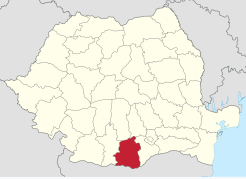
ROAMNIA’S CULTURAL REGIONS
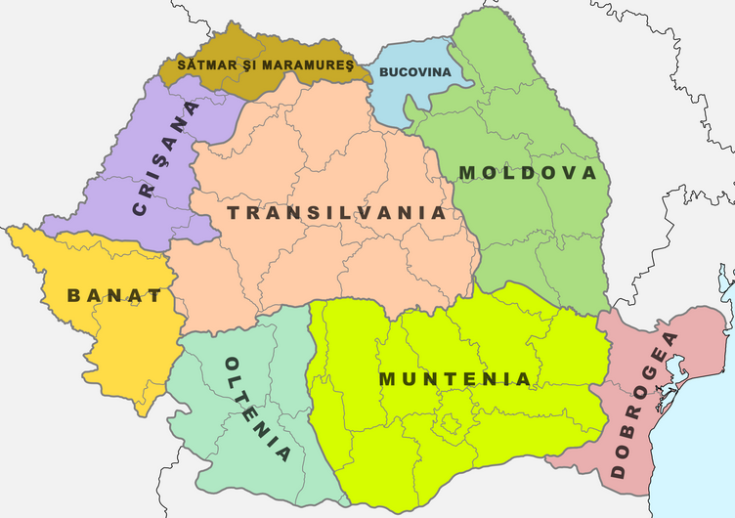
OLTENIA

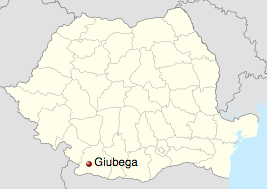
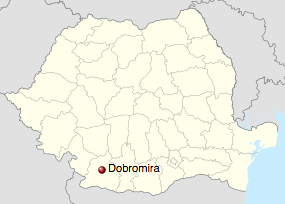
MUNTENIA
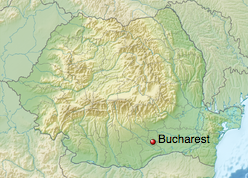
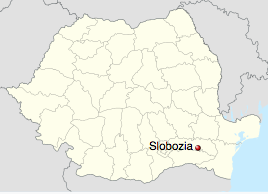
MOLDAVIA
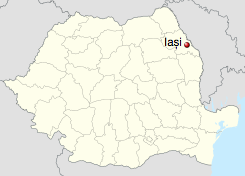
Hora miresei used to integrate the new bride into the social life of married women
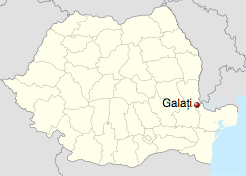
TRANSYLVANIA
Transylvania, due to being for a large part of its history within the borders of Hungary, has somewhat different customs and terminology. Here, the generic term for “dance” is “Joc”, which also translates as “game”. Hora Miresei becomes Jocul miresei, which is sometimes short for Jocul miresei in bani which translates as “Bride’s game for money”.
“Jocul miresei pe bani Collect money for newlyweds. “The bride’s game for (in) money”, a ritual moment from the nuptial ceremony in Transylvania, Ţara Crișurilor and Maramureș, which marks the bride’s integration in the groom’s family. It occurs after the big meal. The bride is played (spun) by young relatives (brothers, sisters, cousins) and close friends, each paying for the game; the last one is played by the groom, who gives the highest amount. The money raised belongs exclusively to the bride. From a choreographic point of view, it is a simple, fragmented, fast-paced version. The rhythm is binary * and lively movement. It generally has its own zonal circulation song.” Source(Google translated): DTM (2010) added by blaurb. actions https://dexonline.ro/definitie/jocul%20miresii%20pe/540690
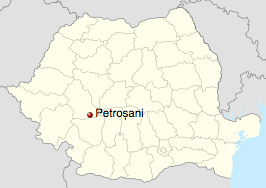


Hora miresei used to integrate the new bride into the social life of married women
Location Unknown
2nd G Hora Miresei
For recreational folk dance groups, a Hora Miresei, was presented by Nicolaas Hilferink, which seems to stem from the tradition of dressing the bride before the wedding. According to Larisa Lucaci* “the bride, at her house, is being dressed by her maids of honor. It is with great care that her hair is combed and the bridal wreath is made out of coins or natural flowers. During the dressing ceremony very sad songs are sung to the bride… The bride answers also with very sad songs, as if to ease her heavy heart, for it should be known that the Romanians sing especially when they are sad.”
Because I could not find a YouTube example of Hilferink’s Hora Miresei being danced in Romania, and because I have trouble believing the maids of honor would have the space to perform Hilferink’s Hora Miresei in the confines of a peasant bride’s room while carefully dressing her, I have deduced his dance follows the time-honored tradition of creating a choreography to honor a beautiful song. For Hilferink’s Hora Miresei, and the beautiful song that accompanies it, look under 2nd Generation dances.
*Larisa Lucaci, “The Romanian Wedding” in VILTIS 17:[1] (January-February 1958), p.11

